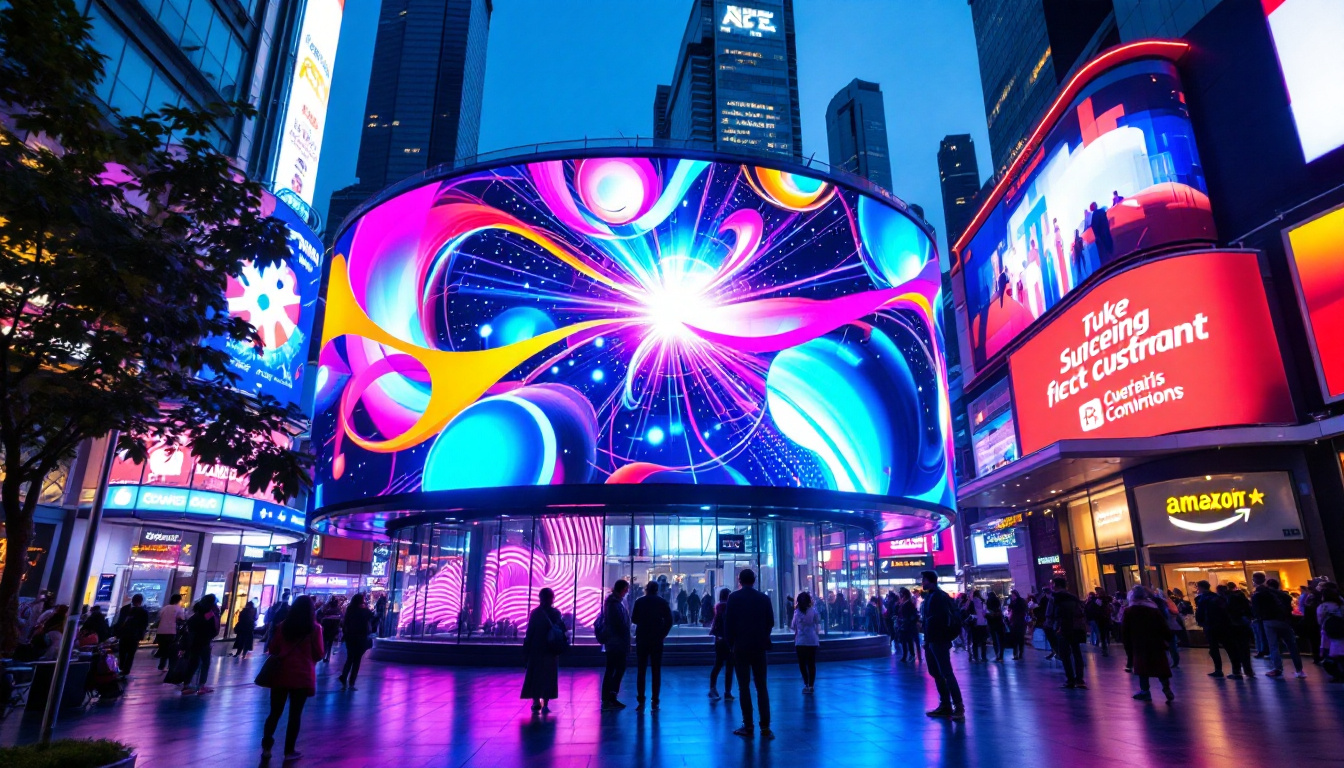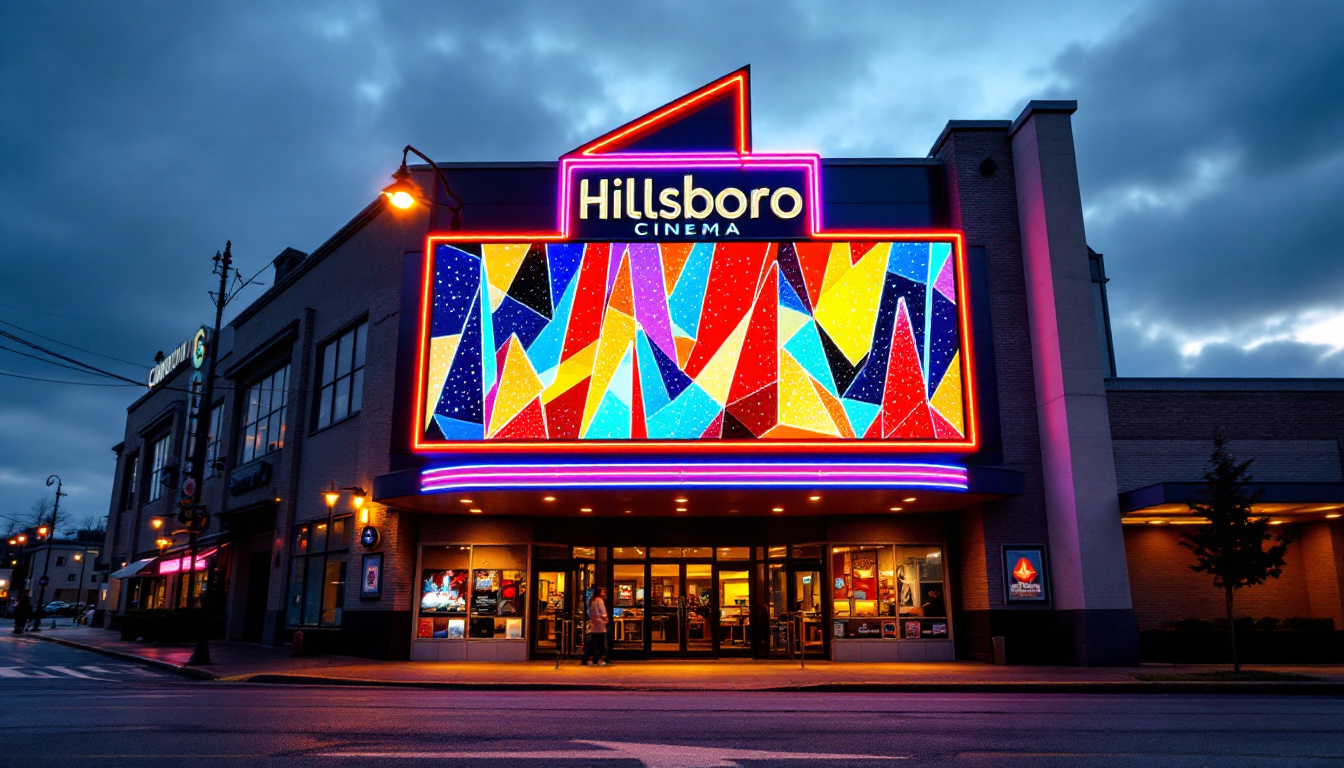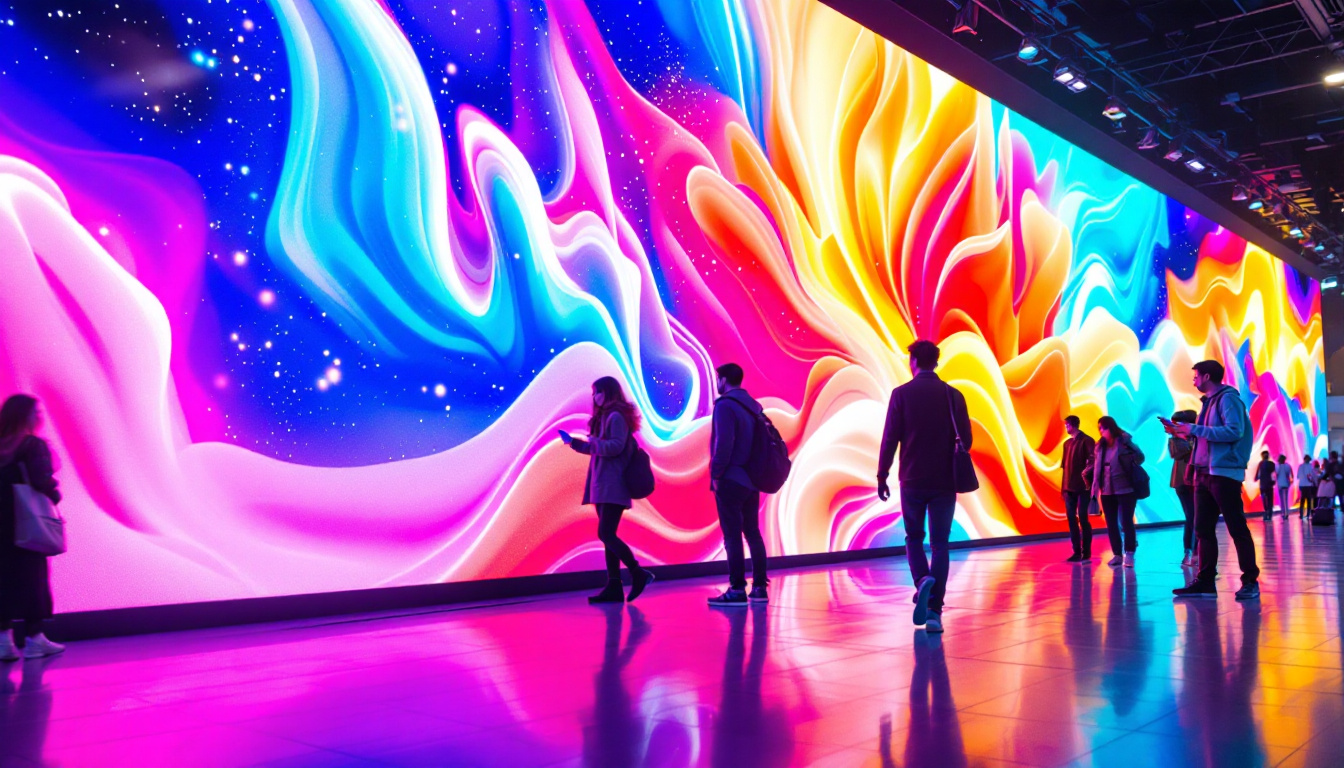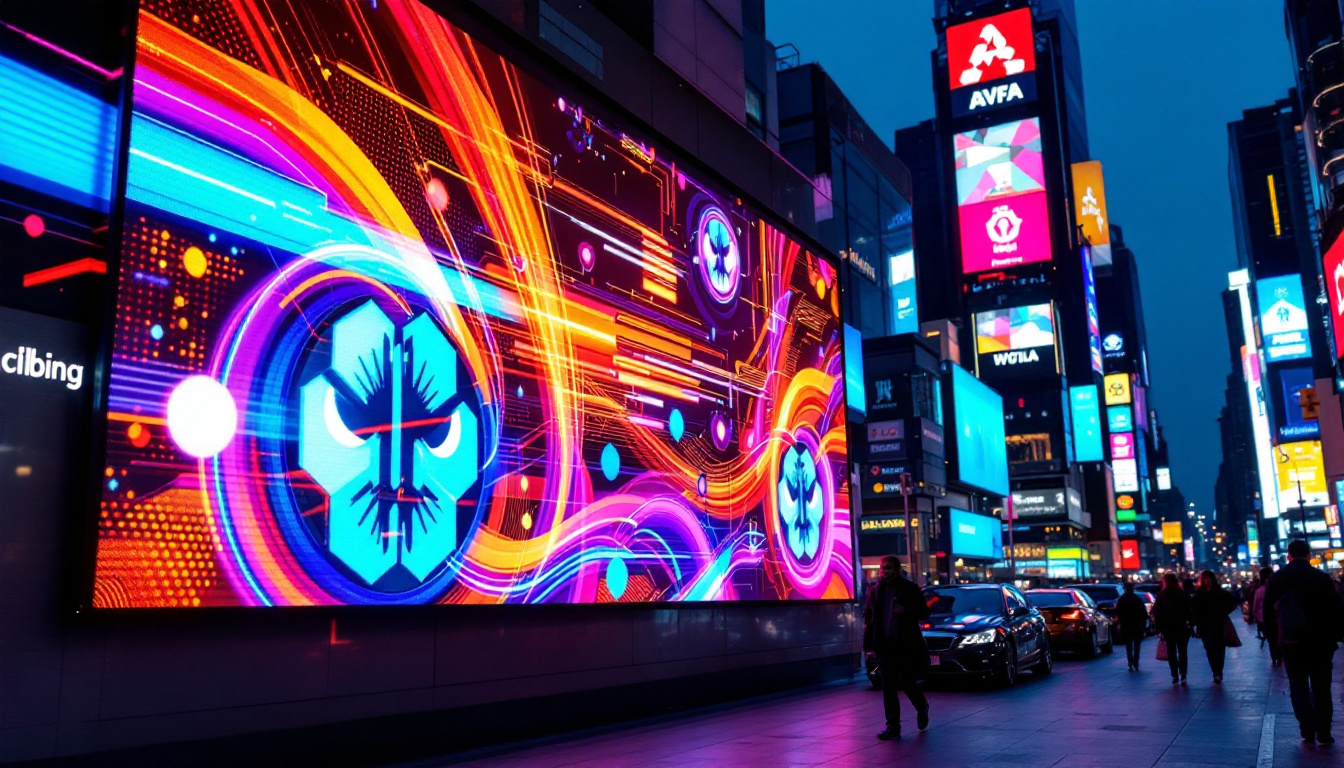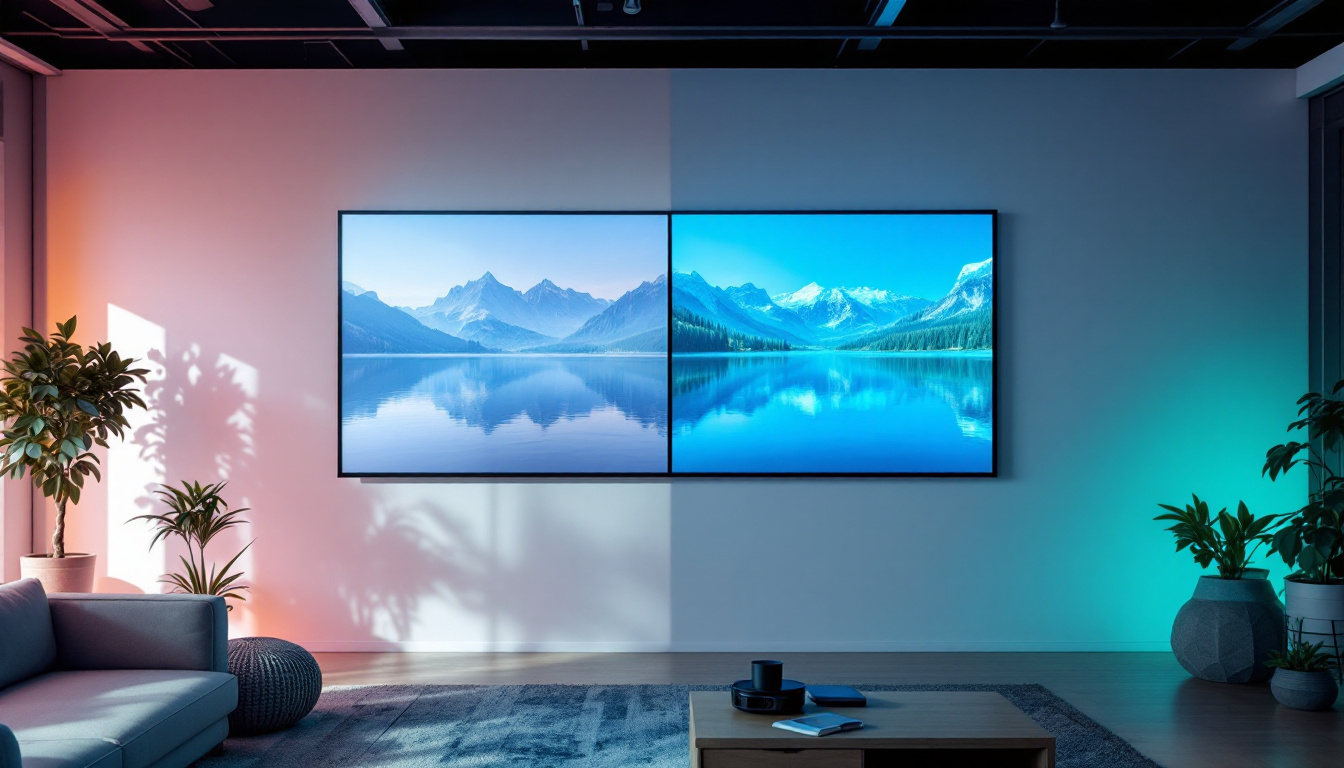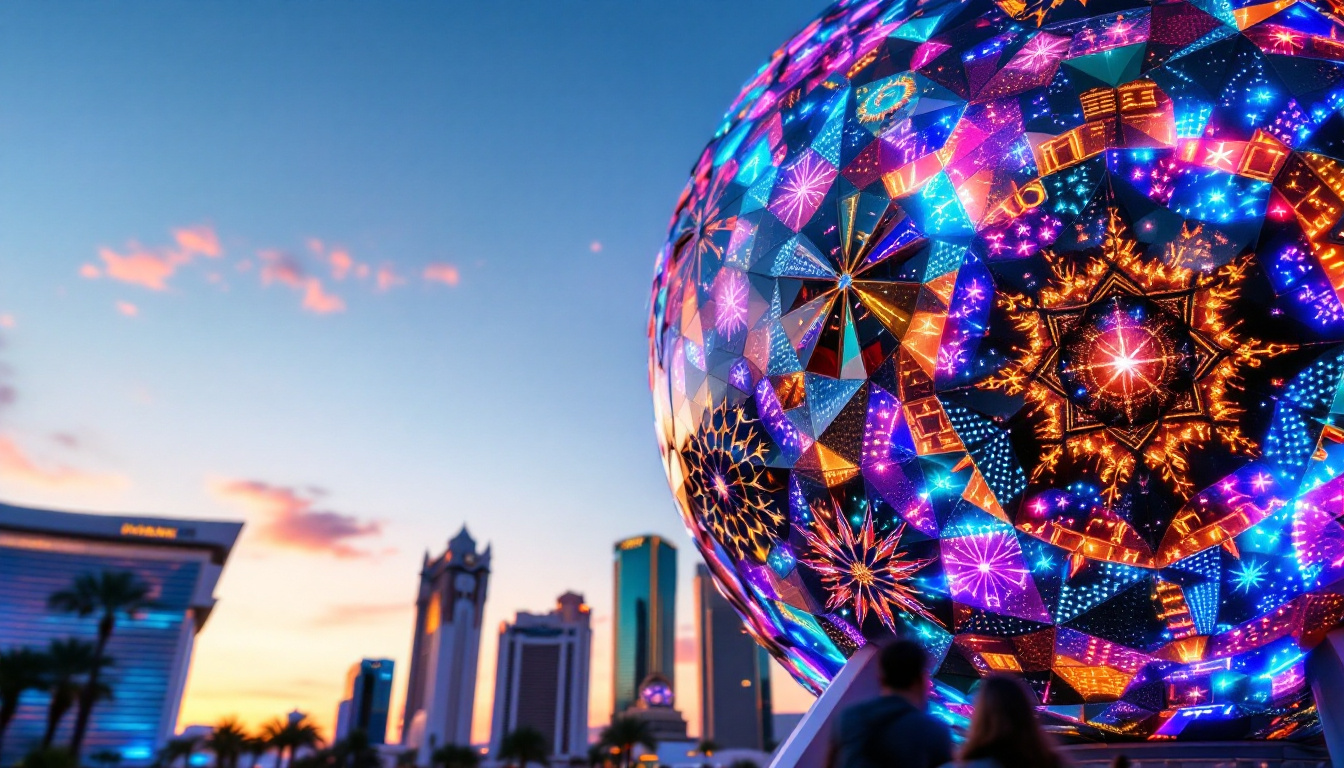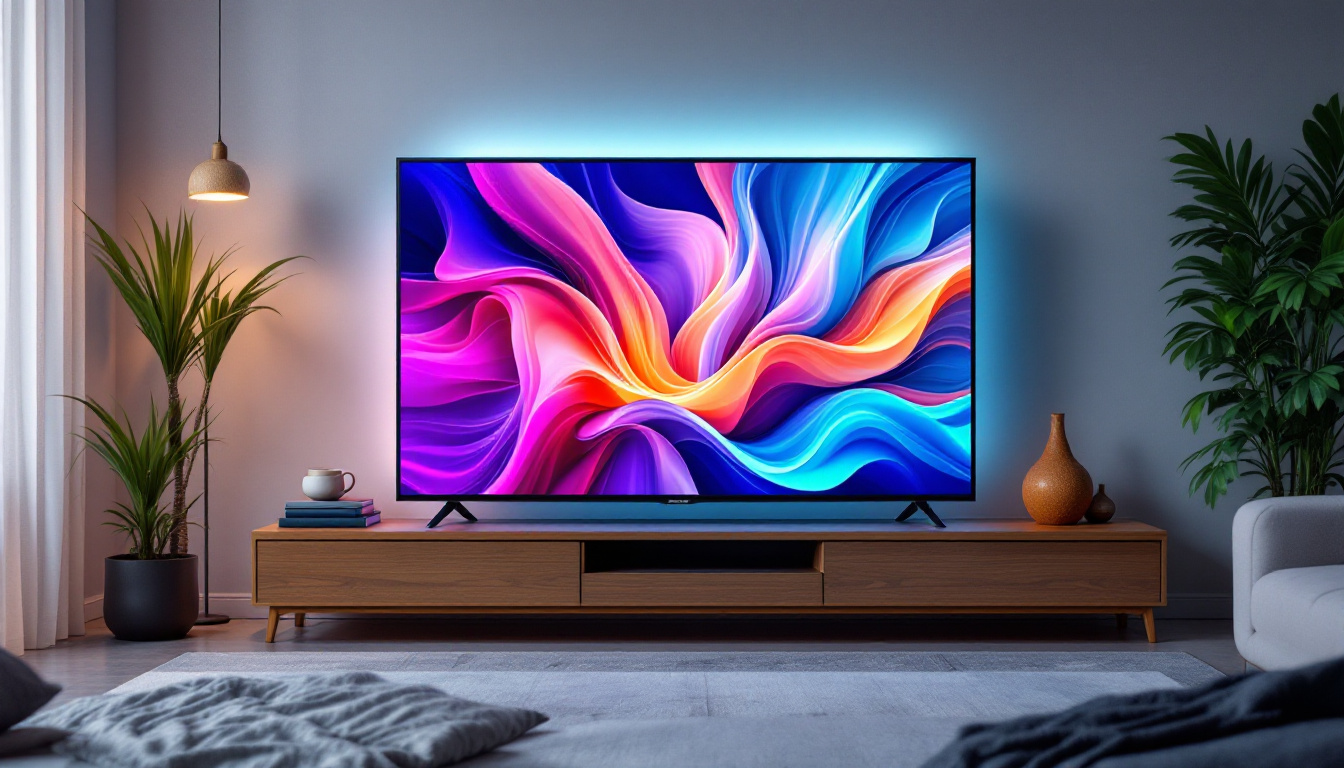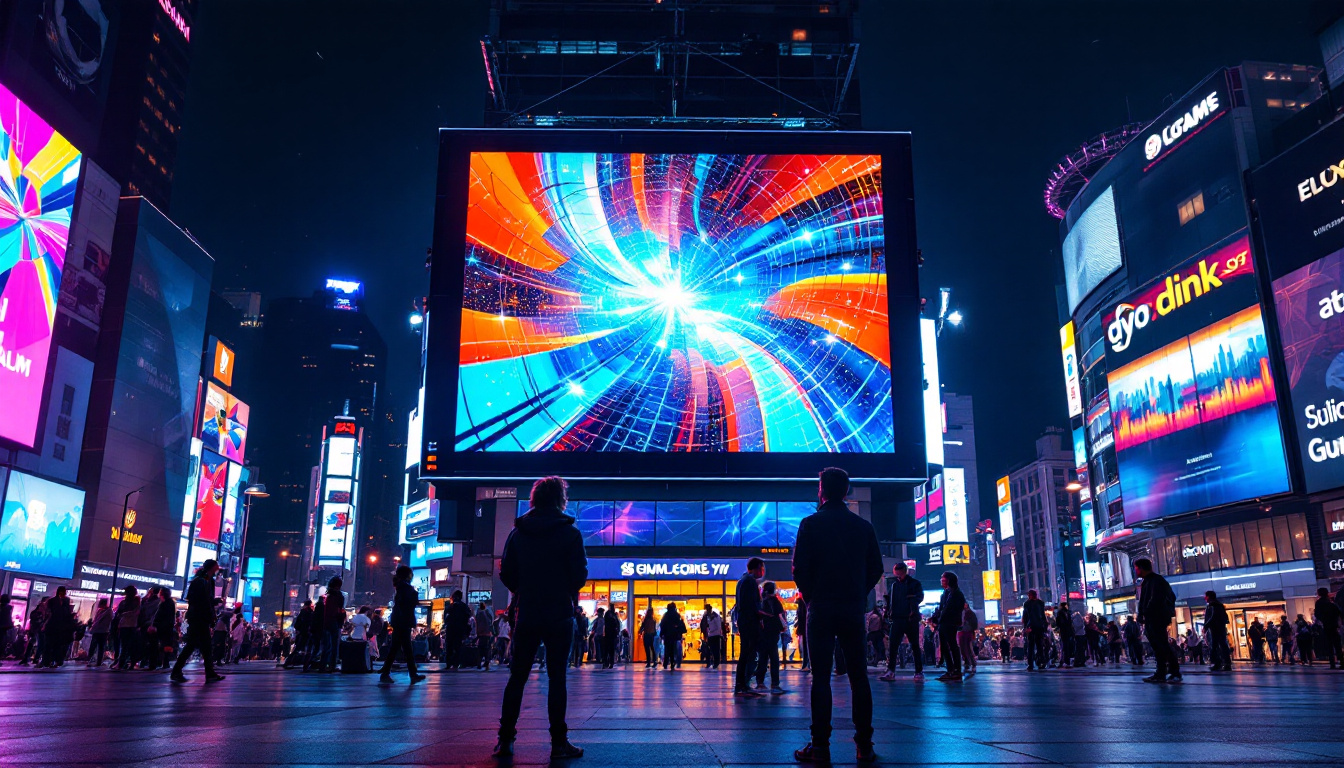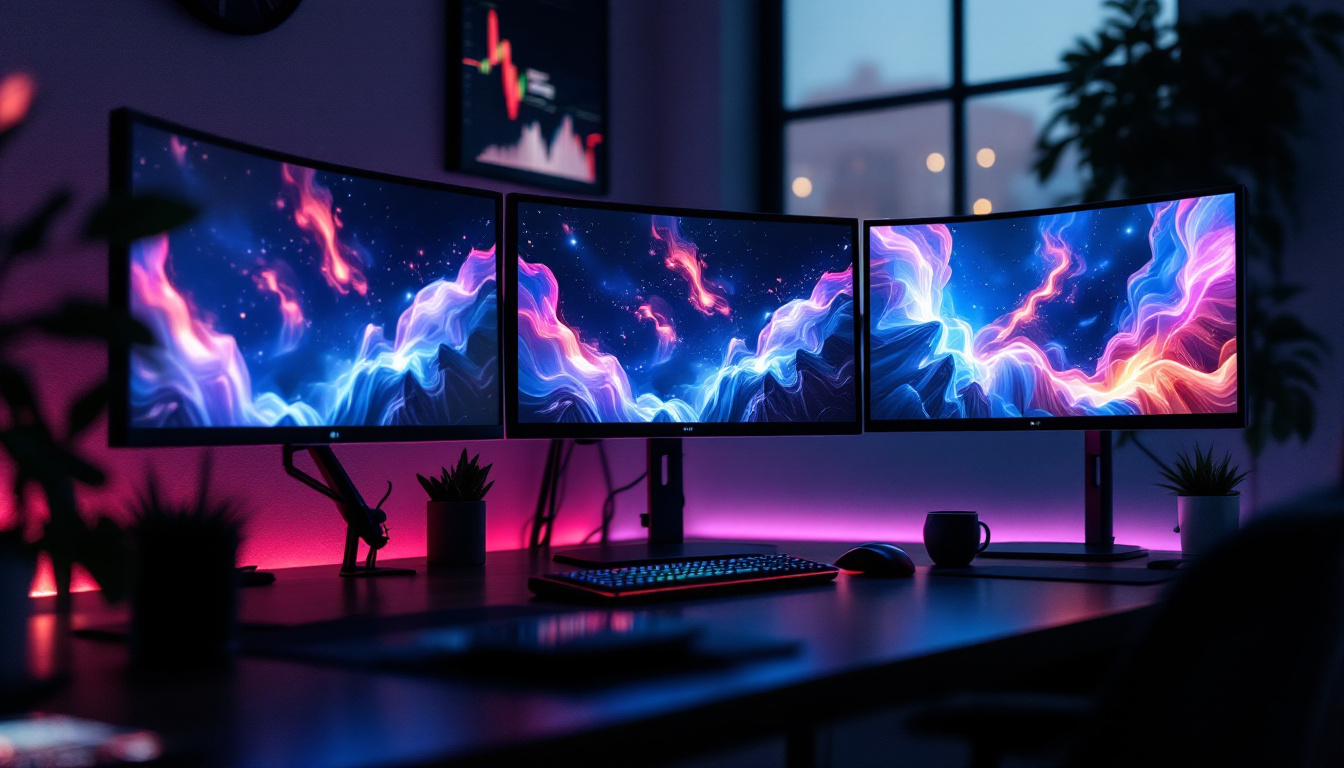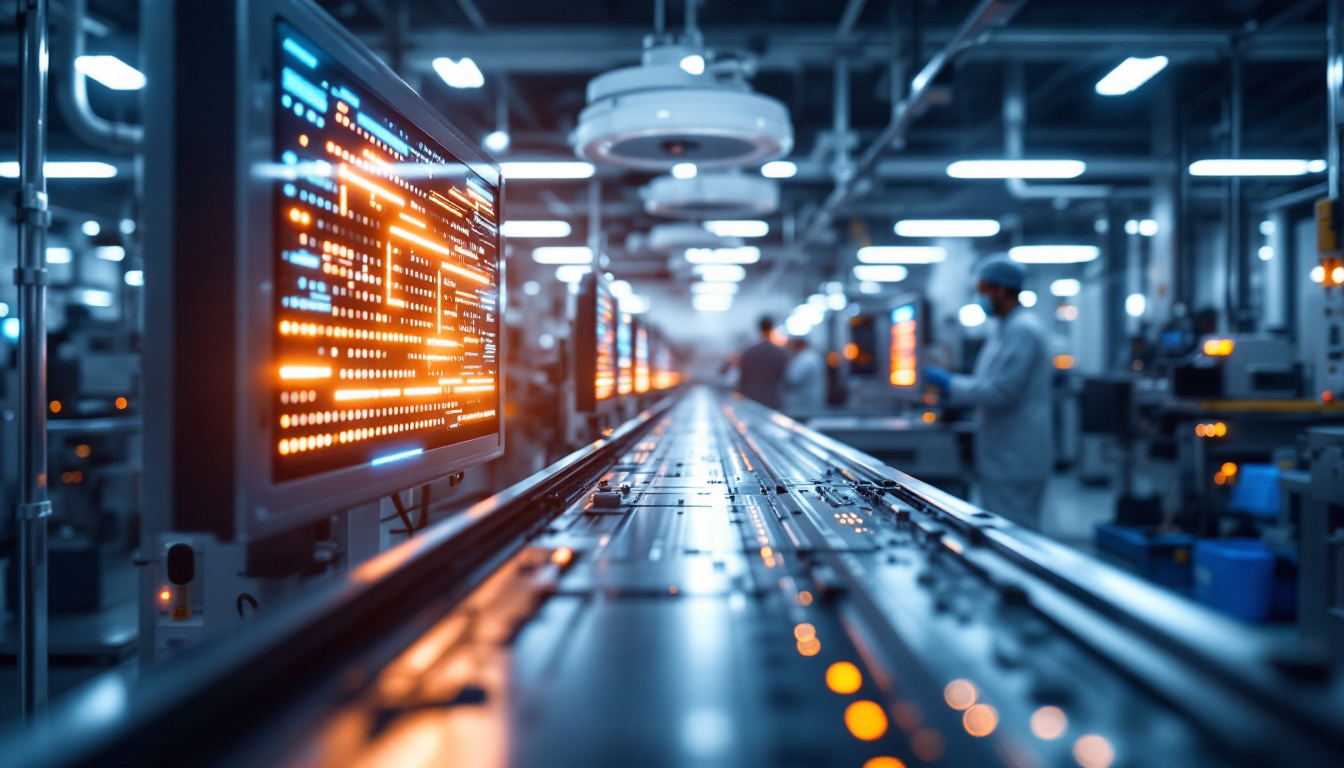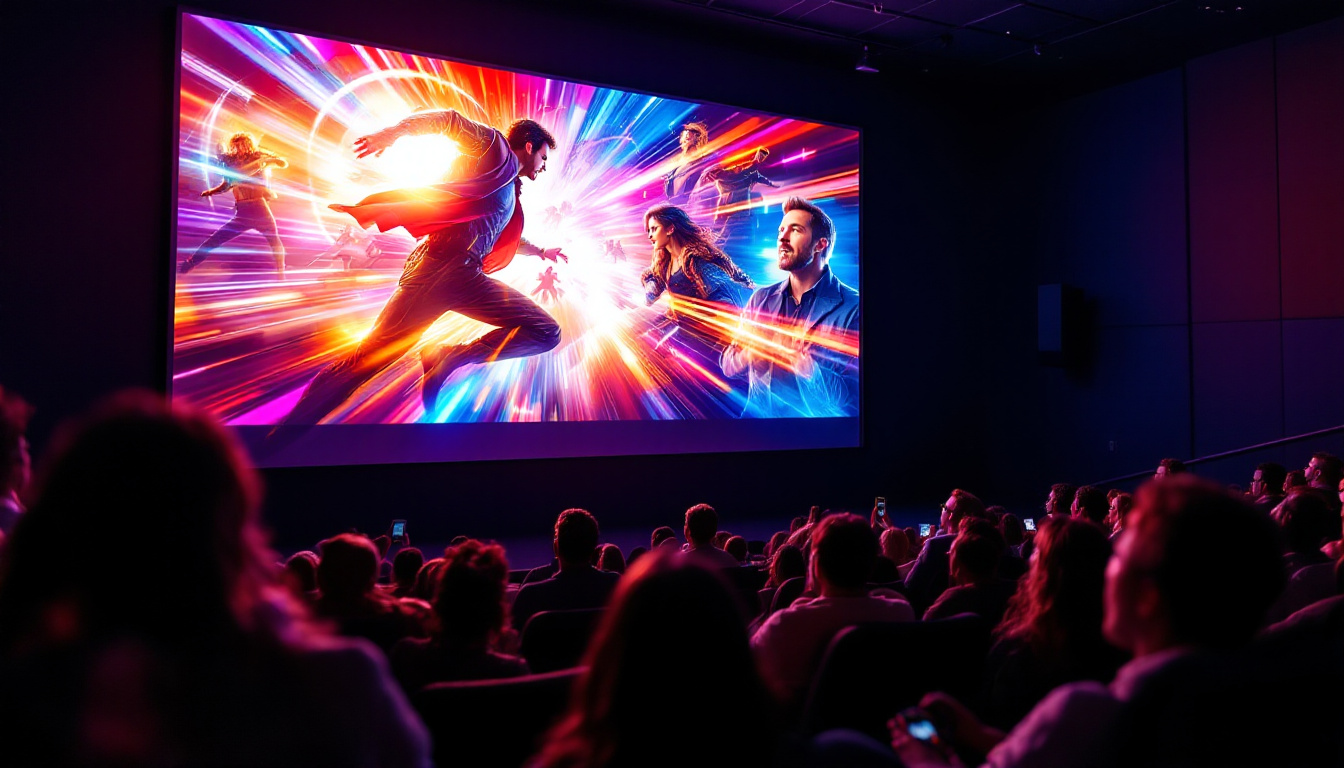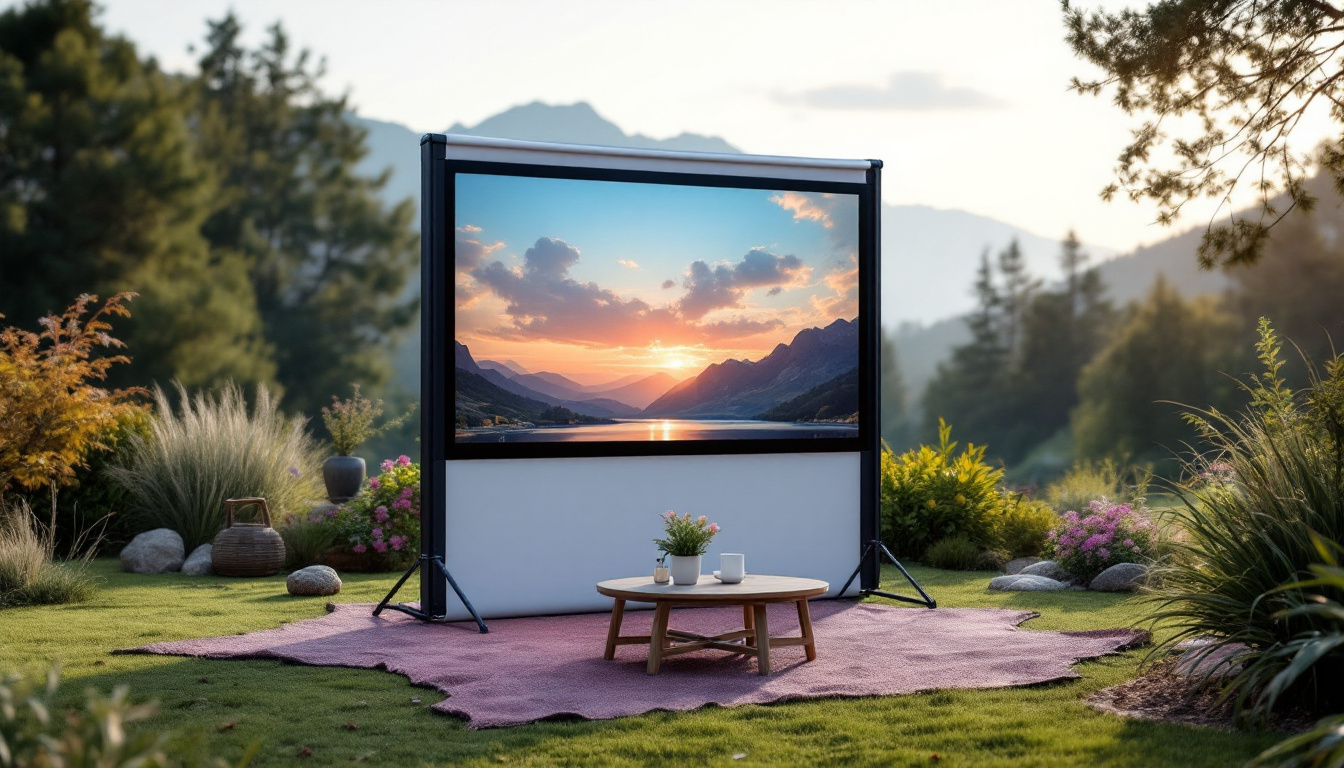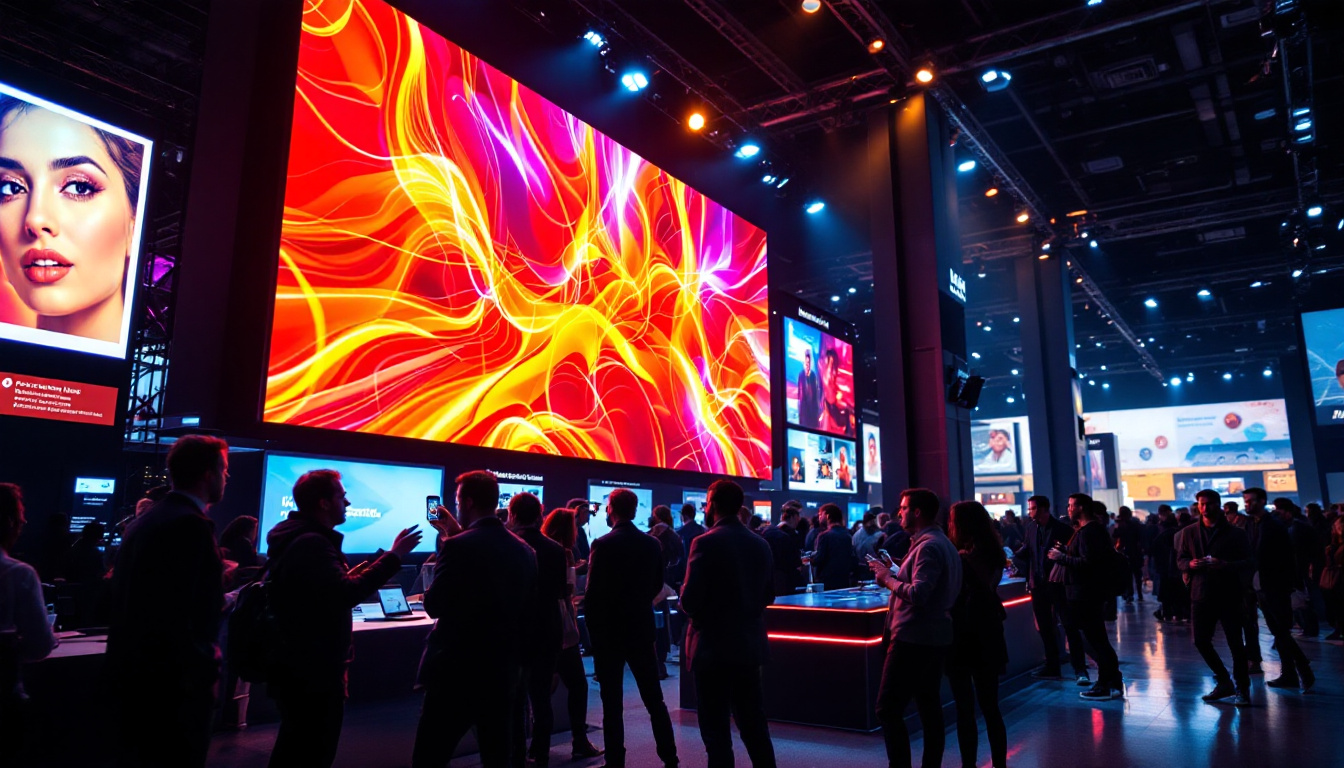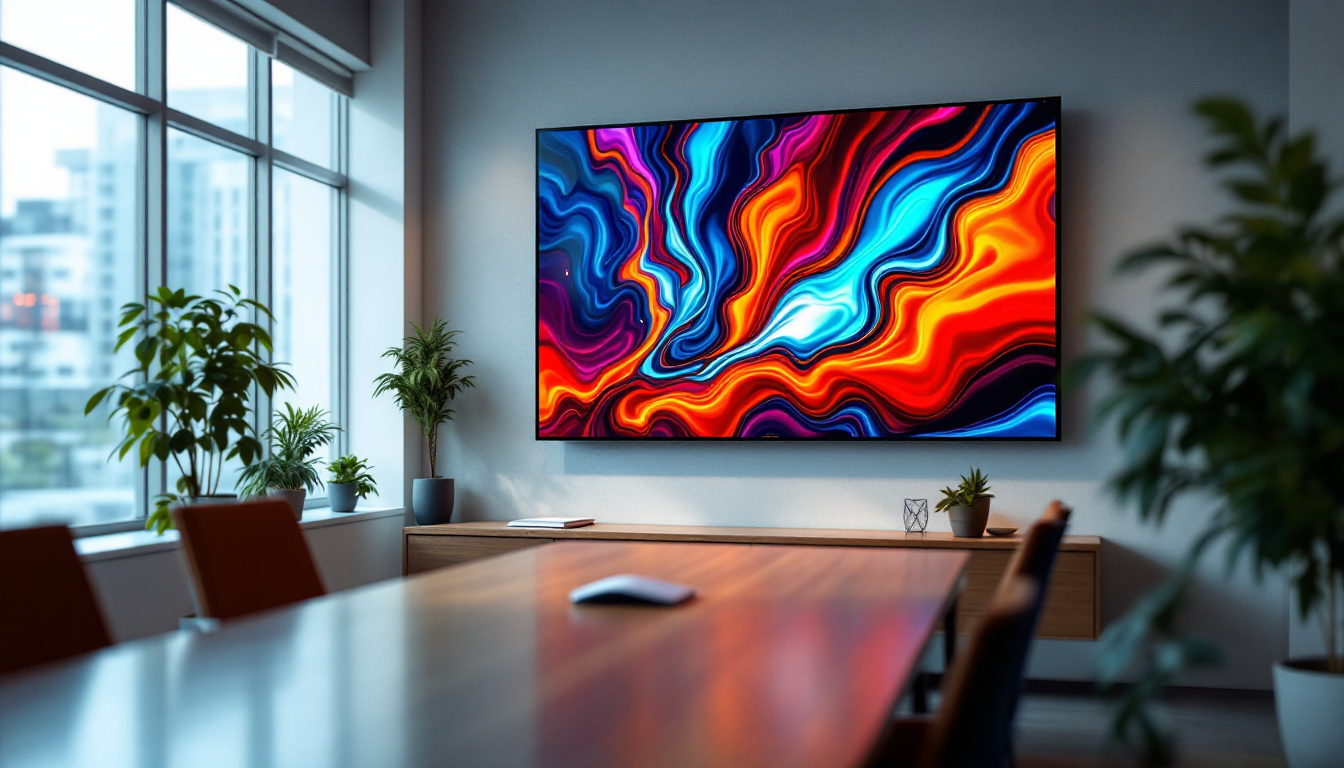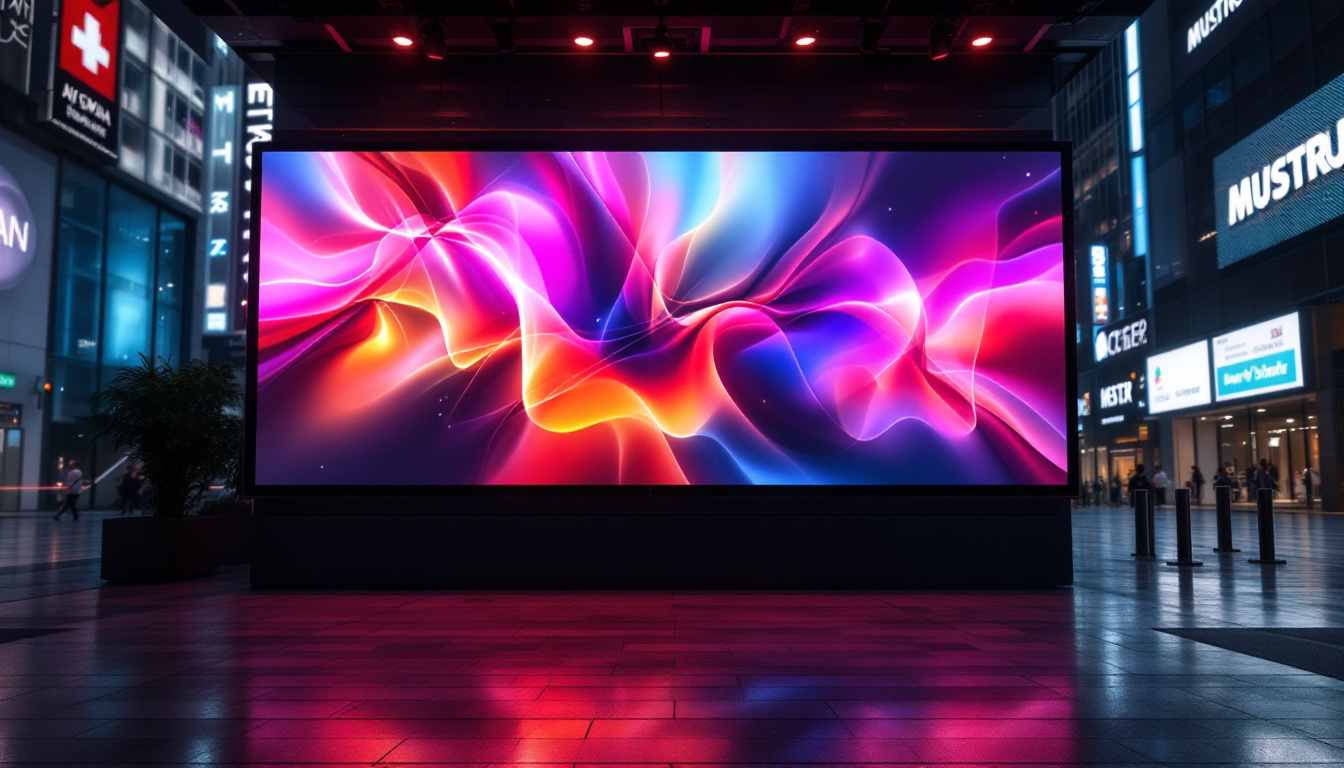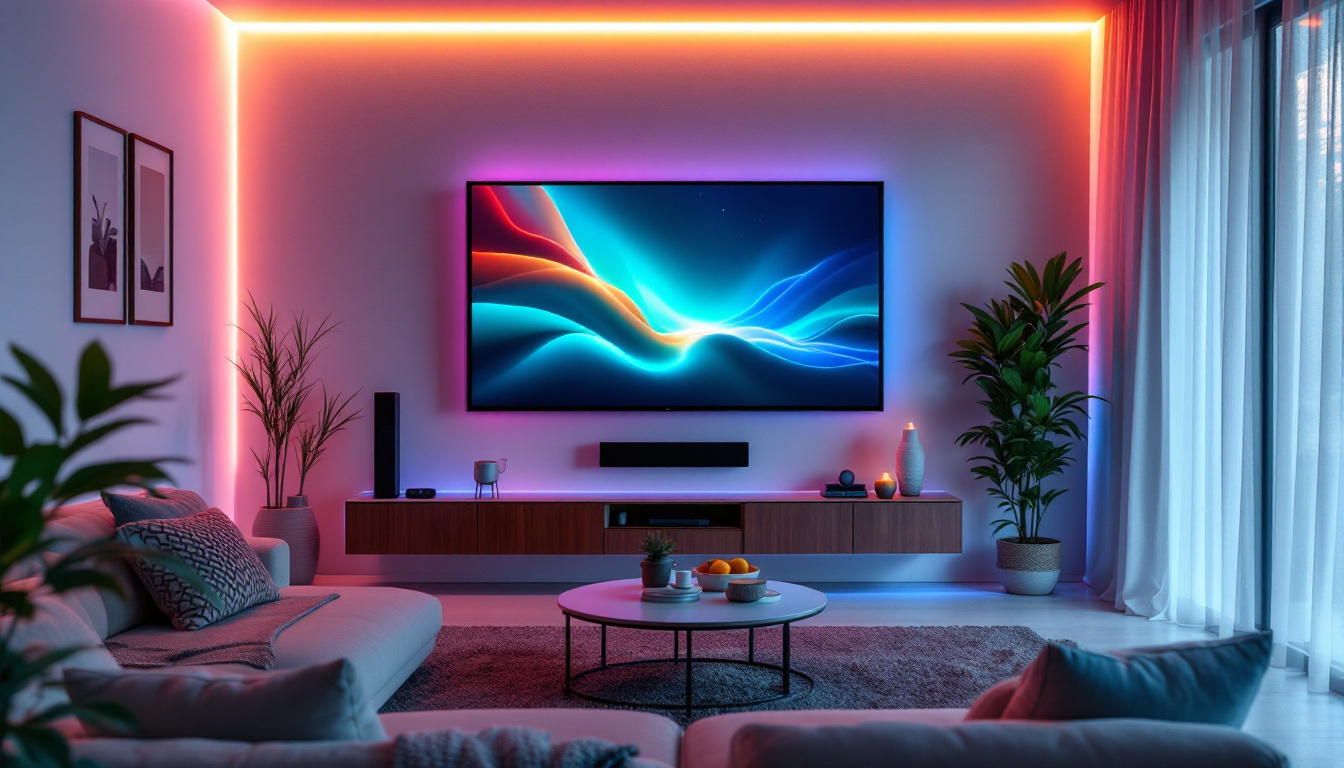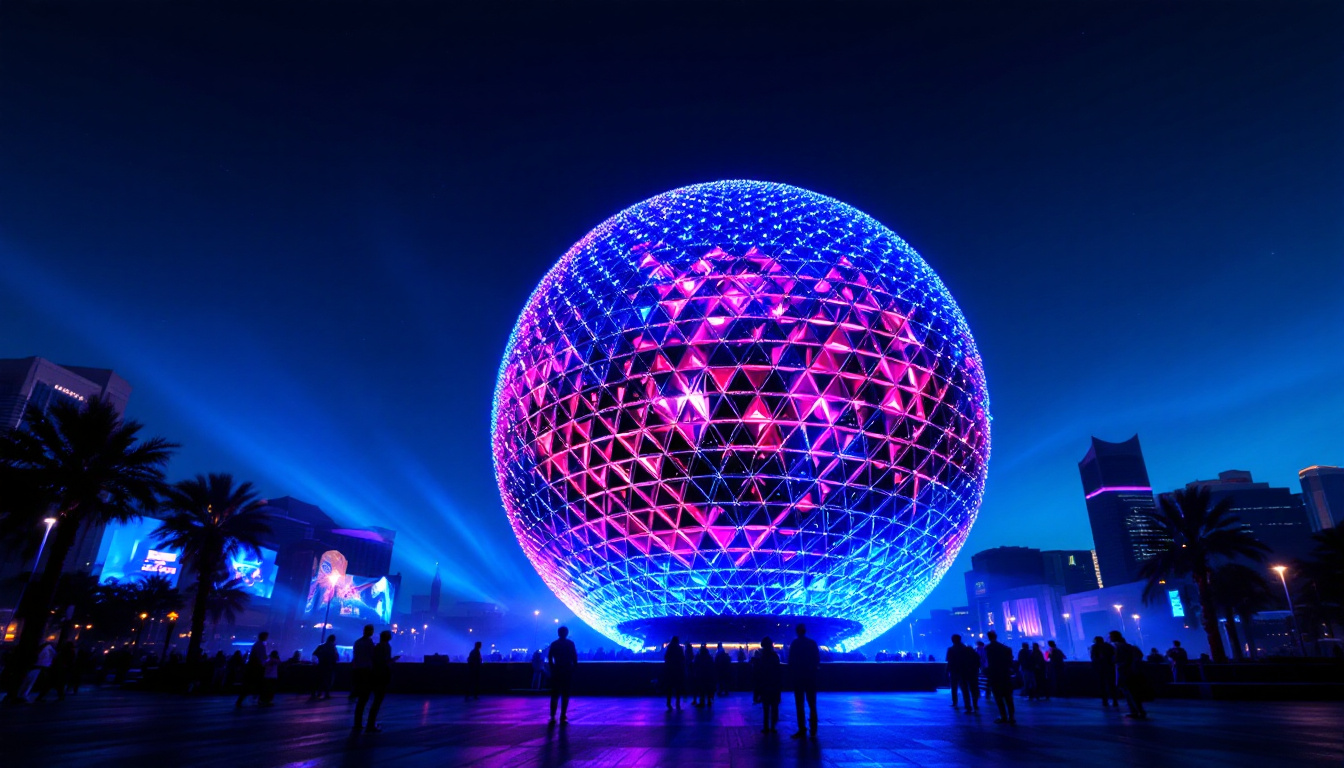Commercial Display TV: LED Display Explained
In today’s fast-paced digital world, commercial display TVs have become an essential tool for businesses looking to engage customers and convey information effectively. Among the various technologies available, LED displays stand out due to their vibrant colors, energy efficiency, and versatility. This article delves into the intricacies of LED displays, exploring their features, benefits, and applications in commercial settings.
Understanding LED Display Technology
LED, or Light Emitting Diode, technology has revolutionized the way visual content is displayed. Unlike traditional LCD screens that rely on fluorescent backlighting, LED displays use an array of tiny diodes to produce light, resulting in brighter images and deeper blacks. This section will cover the fundamental aspects of LED technology and how it differs from other display types.
How LED Displays Work
At its core, an LED display consists of numerous individual diodes that emit light when an electric current passes through them. These diodes can be arranged in various configurations, including RGB (Red, Green, Blue) combinations that allow for a wide spectrum of colors. The brightness and clarity of LED displays make them ideal for both indoor and outdoor environments.
LED displays can be categorized into two main types: direct view and backlit. Direct view LED displays utilize individual diodes to create the entire image, while backlit LED displays use LEDs to illuminate an LCD panel. The former offers superior brightness and contrast, making it a popular choice for large-scale advertising and events. Moreover, the rapid response time of LED technology ensures that fast-moving images are displayed smoothly, which is crucial for applications such as sports broadcasting and gaming.
Types of LED Displays
LED displays come in several formats, each designed for specific applications. The most common types include:
- Indoor LED Displays: These displays are typically used in retail environments, conference rooms, and entertainment venues. They provide high resolution and vibrant colors, making them suitable for close viewing.
- Outdoor LED Displays: Built to withstand the elements, outdoor LED displays are often used for billboards and signage. They feature higher brightness levels to ensure visibility in direct sunlight.
- Transparent LED Displays: This innovative technology allows for displays that can be seen through, making them ideal for retail windows and architectural applications.
In addition to these common types, there are also specialized LED displays such as flexible LED screens, which can be bent or shaped to fit unique spaces, and high-definition LED walls that create immersive viewing experiences in venues like theaters and concert halls. The versatility of LED technology extends to its energy efficiency as well; modern LED displays consume significantly less power compared to older technologies, making them not only a cost-effective choice but also a more environmentally friendly option. This energy efficiency is particularly beneficial for large installations, where operational costs can be a significant concern.
Furthermore, advancements in LED technology have led to the development of smart LED displays that integrate connectivity features, allowing for real-time content updates and interactivity. These displays can be controlled remotely, enabling businesses to change advertisements or information instantly based on audience engagement or time-sensitive promotions. As a result, LED displays are becoming increasingly essential in dynamic marketing strategies, enhancing customer interaction and engagement in ways that were previously unimaginable.
Benefits of LED Displays in Commercial Settings
LED displays offer a myriad of advantages that make them a preferred choice for businesses. From energy efficiency to enhanced visual appeal, the benefits are numerous. This section will explore some of the key advantages of using LED displays in commercial environments.
Energy Efficiency
One of the standout features of LED technology is its energy efficiency. Compared to traditional display technologies, LED displays consume significantly less power, which can lead to substantial cost savings over time. This is particularly beneficial for businesses that operate displays for extended periods, such as retail stores or airports.
Moreover, the lower heat output of LED displays contributes to a more comfortable environment, reducing the need for additional cooling systems in commercial spaces. This not only enhances the customer experience but also lowers operational costs.
High Brightness and Contrast
LED displays are known for their exceptional brightness levels, making them highly visible even in well-lit environments. This characteristic is crucial for outdoor advertising, where sunlight can wash out images on traditional screens. The high contrast ratios of LED displays ensure that colors appear vibrant and details remain sharp, capturing the attention of passersby.
Furthermore, the ability to adjust brightness settings allows businesses to tailor their displays to various lighting conditions, ensuring optimal visibility at all times.
Versatility and Customization
Another significant advantage of LED displays is their versatility. They can be used in a wide range of applications, from digital signage and advertising to information displays and interactive installations. This adaptability makes them suitable for various industries, including retail, hospitality, transportation, and entertainment.
Additionally, LED displays can be customized in terms of size, shape, and resolution, allowing businesses to create unique visual experiences that align with their brand identity. Whether it’s a massive outdoor billboard or a sleek indoor display, the possibilities are virtually limitless.
Applications of LED Displays in Commercial Environments
The versatility of LED displays lends itself to numerous applications across different sectors. This section highlights some of the most common uses of LED technology in commercial settings, showcasing how businesses leverage these displays to enhance communication and engagement.
Retail and Advertising
In the retail sector, LED displays serve as powerful marketing tools. They can showcase promotions, product launches, and brand stories in a visually captivating manner. Digital signage allows retailers to update content in real-time, ensuring that customers are always informed about the latest offers.
Moreover, LED displays can enhance the shopping experience by providing interactive elements, such as touchscreens that allow customers to explore products or access additional information. This level of engagement can lead to increased sales and customer satisfaction.
Corporate and Event Signage
For corporate environments, LED displays are invaluable for presentations, conferences, and events. They can be used to display company information, agendas, and promotional materials, ensuring that attendees are engaged and informed.
Additionally, LED screens can create immersive experiences at trade shows and exhibitions, drawing attention to booths and enhancing brand visibility. The ability to display high-quality visuals in various formats makes LED technology a go-to choice for event organizers.
Transportation Hubs
Airports, train stations, and bus terminals utilize LED displays for information dissemination. These displays can show real-time updates on arrivals, departures, and delays, ensuring that travelers are well-informed throughout their journey.
Furthermore, LED displays can serve as advertising platforms in transportation hubs, providing businesses with the opportunity to reach a captive audience. The combination of informative and promotional content maximizes the impact of LED technology in these environments.
Choosing the Right LED Display for Your Business
When selecting an LED display for commercial use, several factors must be considered to ensure the chosen solution meets the specific needs of the business. This section outlines key considerations that can guide decision-making.
Resolution and Pixel Pitch
The resolution of an LED display is crucial for determining image quality. Higher resolution displays provide clearer and more detailed images, which is particularly important for close viewing applications. Pixel pitch, which refers to the distance between the centers of adjacent pixels, also plays a significant role in image clarity. A smaller pixel pitch results in a higher resolution and is ideal for indoor environments where viewers are closer to the screen.
Brightness Levels
Brightness is another critical factor to consider, especially for outdoor displays. The brightness level is measured in nits, and higher values are necessary for visibility in direct sunlight. For indoor displays, brightness requirements may vary based on the ambient lighting conditions. Understanding the specific environment where the display will be used is essential for making an informed choice.
Installation and Maintenance
Installation considerations, such as the display’s size and weight, should also be taken into account. Some displays may require specialized mounting solutions or structural support. Additionally, ease of maintenance is an important aspect to consider. Choosing a display with modular components can simplify repairs and reduce downtime in case of malfunctions.
The Future of LED Display Technology
As technology continues to evolve, so too does the landscape of LED displays. Innovations in design, functionality, and efficiency are shaping the future of this technology. This section explores emerging trends and possibilities in the realm of LED displays.
Advancements in Display Quality
Future developments in LED technology are likely to focus on enhancing display quality. This includes improvements in color accuracy, contrast ratios, and refresh rates, which will contribute to more immersive viewing experiences. As resolution standards continue to rise, businesses can expect even more detailed and vibrant displays.
Integration with Smart Technology
The integration of LED displays with smart technology is another trend on the horizon. The ability to connect displays to the Internet of Things (IoT) will enable real-time data sharing and dynamic content updates. This could lead to more personalized and targeted advertising, enhancing customer engagement and satisfaction.
Sustainability Initiatives
As environmental concerns grow, the demand for sustainable technology is increasing. LED displays, known for their energy efficiency, are well-positioned to meet this demand. Future innovations may focus on using eco-friendly materials and reducing the carbon footprint of manufacturing processes, making LED displays an even more attractive option for environmentally-conscious businesses.
Conclusion
Commercial display TVs, particularly those utilizing LED technology, have transformed the way businesses communicate with their audiences. With their energy efficiency, high brightness, and versatility, LED displays offer numerous advantages that cater to a wide range of applications. As technology continues to advance, the future of LED displays looks promising, with innovations poised to enhance their functionality and sustainability.
For businesses looking to elevate their visual communication strategies, investing in LED display technology is a step towards staying competitive in an increasingly digital world. Whether for advertising, information dissemination, or enhancing customer experiences, LED displays are undoubtedly a powerful tool in the modern commercial landscape.
Discover LumenMatrix’s Innovative LED Solutions
Ready to take your business’s visual communication to the next level? Explore LumenMatrix’s comprehensive range of LED display solutions, designed to captivate your audience and amplify your message. From vibrant Indoor and Outdoor LED Wall Displays to dynamic Vehicle and Sports LED Displays, our cutting-edge technology ensures your brand stands out. Experience the future of digital signage with our Custom, All-in-One, and Transparent LED Displays, all crafted to create unforgettable visual experiences. Check out LumenMatrix LED Display Solutions today and see how we can transform your visual storytelling.

